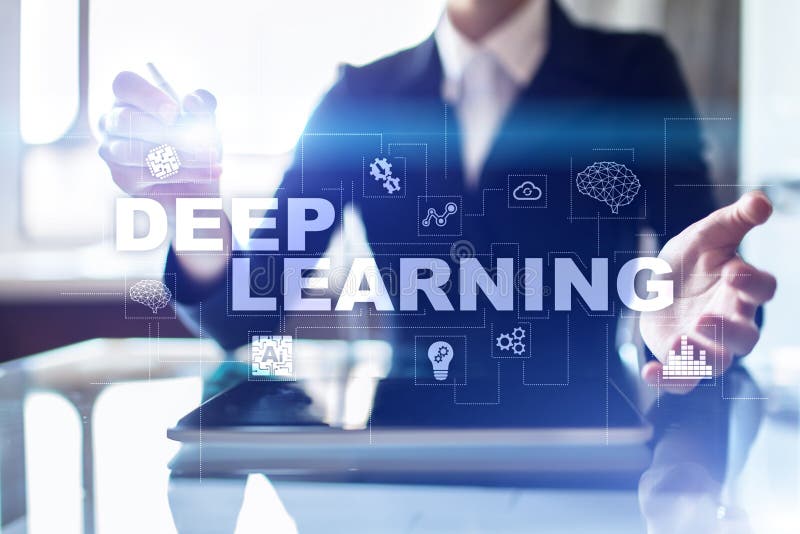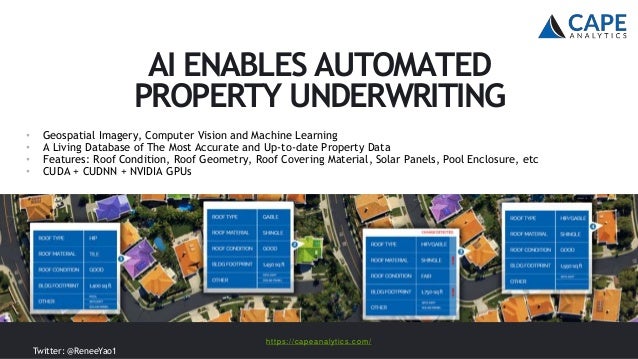
The Learning Factory provides a University-Industry partnership where student design projects benefit clients and industrial sponsors interact with students and faculty to help us create world-class engineers and make a significant difference in engineering education at Penn State. The Learning Factory provides modern design, prototyping, and manufacturing facilities, including machining (CNC and manual), 3D printing, welding, metrology, and CAD/CAM. The Learning Factory is a hands-on facility for engineering students to use in conjunction with capstone design and other courses, as well as research projects and student organizations. By optimizing their processes for maximal efficiency, they're not only satisfying regulators-they're achieving their own quality and cost-saving goals.The Learning Factory Location, Hours, and Access
Deep learning factory software#
Machine learning software offers a way for them to kill two birds with one stone. By improving yields and efficiency, they can operate the steel plant for less time to produce the same result-tackling one of the biggest causes of emissions, burning fossil fuels.Īs society coheres around the need for emissions reduction, new regulations increasingly require manufacturers to commit to certain standards. With machine learning, engineers can predict exactly the amount of raw materials they need. Steel production, for instance, requires combining various scrap metals until the result reaches a certain quality. Using explainable machine learning, it's finally possible to understand what factors drive these inconsistencies, and to optimize around them. It improves production yields and efficiency.ĭespite advances in manufacturing technology, engineers still can't always explain inconsistent yields-in other words, why the same quantity of input materials produces a different quantity of outputs. This avoids (or minimizes) physical testing, preventing additional emissions. In contrast, explainable machine learning lets engineers test hypothetical "what-if" scenarios without running a single real-life test.īy creating a digital twin of the plant, they can simulate how past results might have changed with different settings, or tinker with future production settings to achieve optimal quality.


Traditionally, manufacturers must suspend production to experiment with new settings.

It eliminates the need for emissions-causing tests. When optimizing for emissions reduction, a black-box model that simply predicts results is far less useful than understanding the complex interplay between different factory settings and how changing them affects the volume of emissions produced. Industrial machine learning, in contrast, requires explainability.
Deep learning factory movie#
They give you predictions (i.e., what movie you'll enjoy), but don't have to reveal how they came up with them, as this information has little benefit for the average user. Most applications of machine learning at technology companies like Netflix and Uber are based on black-box algorithms. The key difference between this kind of industrial-specific machine learning and other applications is explainability. By analyzing this data through machine learning, the software can pinpoint the settings that must be adjusted in order to achieve all the goals, making emissions reduction no more burdensome than any other task. Today's engineers don't have to choose between competing objectives-rather, they can simply upload plant data and tell the software what their goals are. In this context, the idea of minimizing emissions often falls by the wayside.īut with machine learning, this cumbersome process can be automated. Industrial engineers face a daunting balancing act, forced to balance financial goals with quality targets such as producing strong enough steel or chemicals with the appropriate viscosity. It lets manufacturers tackle emissions without compromising other priorities.

Here are three ways explainable machine learning can reduce factory emissions: Using such technology, industrial engineers can work on reducing emissions while simultaneously achieving their other goals. However, recent advances in artificial intelligence have led to the creation of explainable machine learning software. Traditionally, emissions reduction took a back seat to manufacturers' other objectives, such as cost minimization and increasing throughput. In the US, factories account for roughly a quarter of emissions, falling behind only transportation and electricity.įactory pollution is mainly caused by two processes: burning fossil fuels for energy, and the chemical reactions that turn raw materials into finished products. Industry is a major contributor to greenhouse gas emissions.


 0 kommentar(er)
0 kommentar(er)
